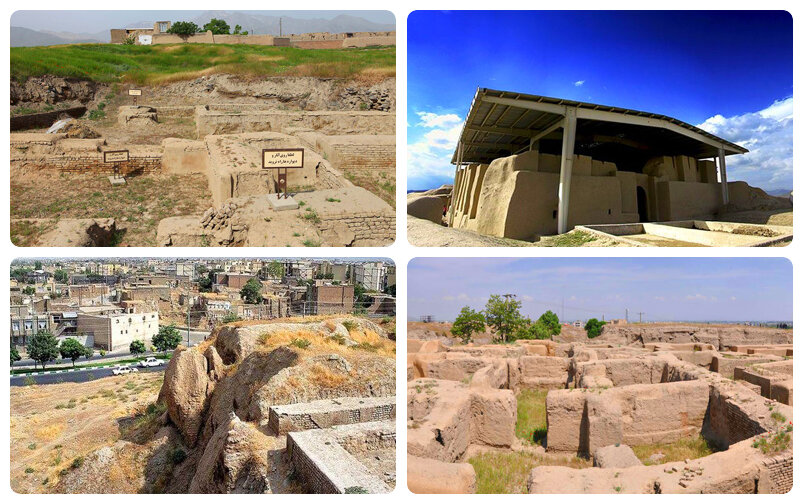Ecbatana prepares to surmount obstacles in path of UNESCO registration

TEHRAN – Hamedan authorities have made an alternative road to replace the one passing through the legal boundaries of Ecbatana, which has been nominated for UNESCO status.
The road, which is one of the problems in the path of possible registration of the prehistorical site in the UNESCO World Heritage list, will be eliminated in the next ten days, CHTN said on Sunday.
Moreover, the authorities plan to relocate a nearby steel marketplace, which is labeled as another barrier based on UNESCO criteria.
Known in classical times as Ecbatana, Hamedan was one of the ancient world’s greatest cities. Pitifully little remains from antiquity, but significant parts of the city center are given over to excavations. Ecbatana was the capital of Media and subsequently a summer residence of the Achaemenid kings who ruled Persia from 553 to 330 BC.
Ecbatana is widely believed to be once a mysterious capital of Medes. According to ancient Greek writers, the city was founded in about 678 BC by Deioces, who was the first king of the Medes.
French Assyriologist Charles Fossey (1869 – 1946) directed the first excavation in Tepe Hegmateneh for six months in 1913. Erich Friedrich Schmidt (1897 – 1964), who was a German and American-naturalized archaeologist, took some aerial photos from Hamedan between 1935 and 1937.
According to the Greek historian Xenophon of Athens (c.430-c.355), Ecbatana became the summer residence of the Achaemenid kings. Their palace is described by the Greek historian Polybius of Megalopolis. He writes that the city was richer and more beautiful than all other cities in the world; although it had no wall, the palace, built on an artificial terrace, according to Livius, a website on ancient history written and has maintained since 1996 by the Dutch historian Jona Lendering.
Furthermore, an inscription unearthed in 2000 indicates that Achaemenid king Artaxerxes II Mnemon (404-358) built a terrace with columns in Ecbatana. Some twelve kilometers southwest of Hamedan is Ganjnameh, where Darius I and his son Xerxes had inscriptions cut into the rock.
AFM
Leave a Comment